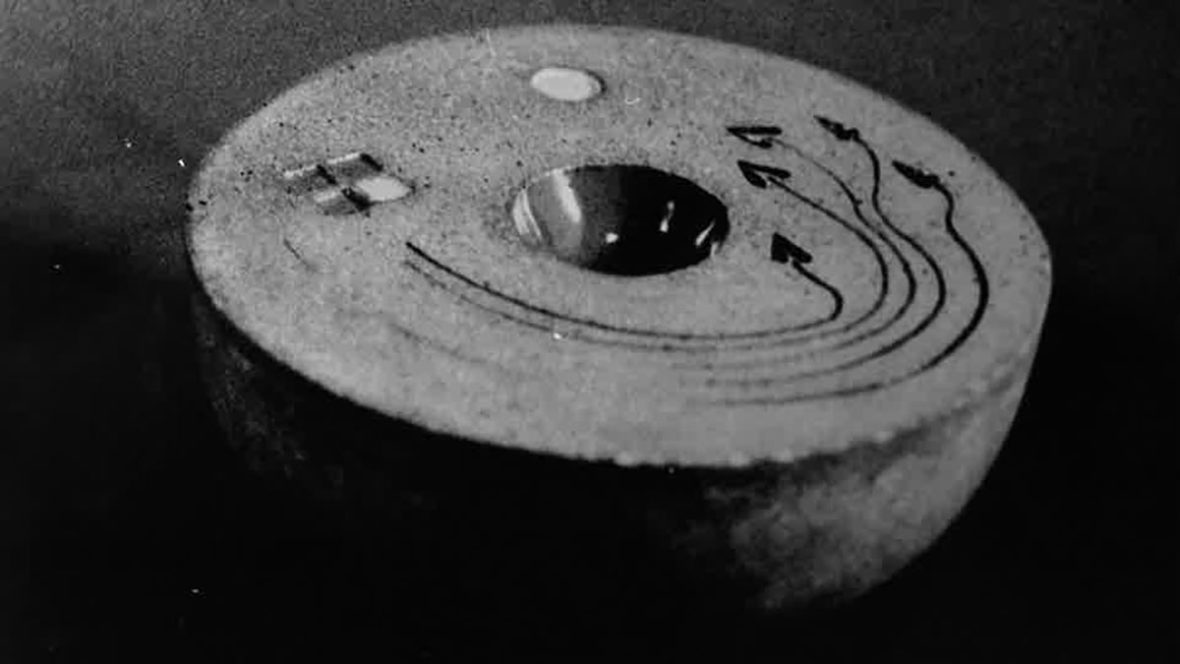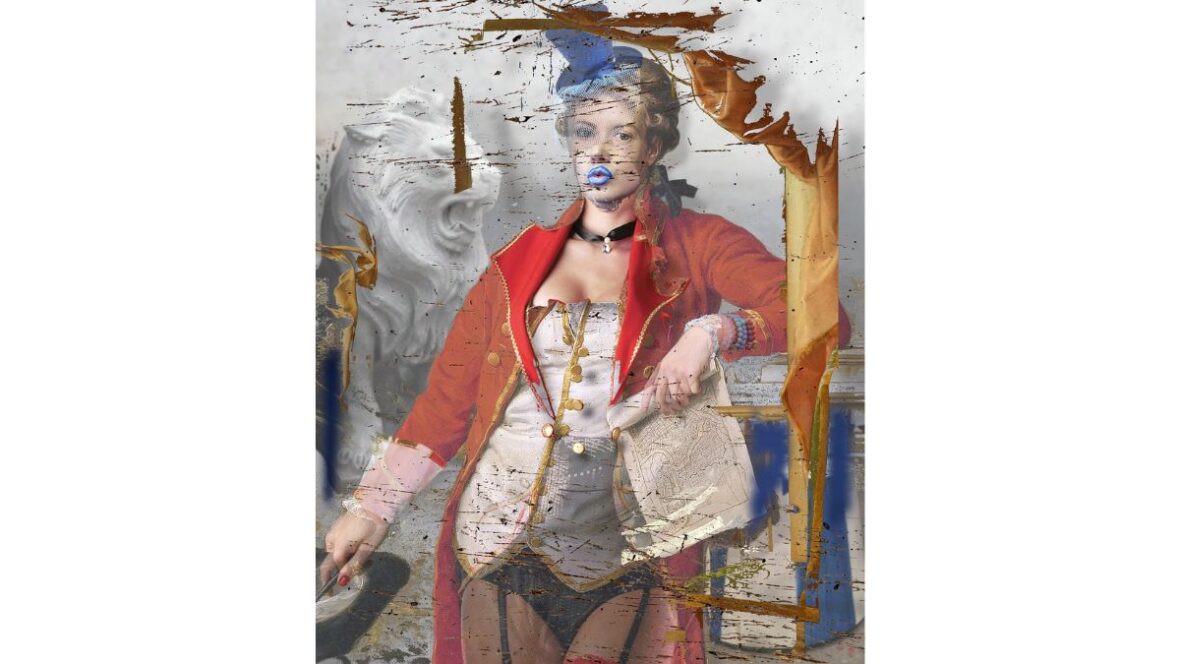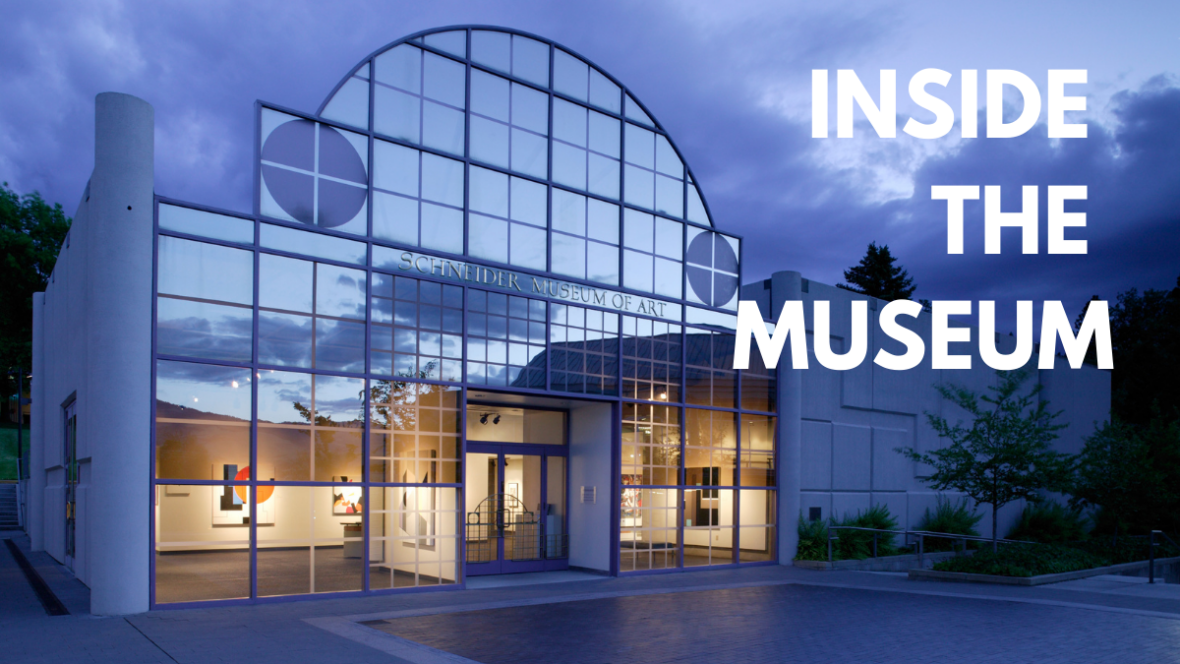Northwest Cermanics,
Today
Exhibition Statement
Any time a new or differently executed art form takes hold of a region there is a tendency to look for references, or impulses responsible for the development. In the case of ceramics in the Northwest, sources for its development are readily accessible through its people and its natural resources. The “people” referred to here are, of course, the Northwest Native American population for their religious and functional clay objects. Another population group includes people from Oriental countries, whose traditions in clay work go back centuries. There is a spontaneity of approach, an open acceptance of change borrowed from the Orient which informs much of the Northwest ceramics. While the Native American contribution might be described as more direct, honoring the craft for its dual connections with use and worship. Specifically, though, it is nature at work finding interpretations through cultures whose values vary but which, in one way or another, involve the cosmos.
Nature is something that the Northwest still has, and most practicing ceramists speak of the forests, streams, mountains and the sky, even, as on-going sources of inspiration. Not to imply that these artists are star-gazers wearing tunics. They are university trained in art and related fields, bringing the depth of objectivity and history to their work.
Influences are important to understand because they are the foundation of a given aesthetic, that which supplies the adhesive necessary to the health and growth of any art form. In the case of ceramics in the Northwest, experimentation makes it possible for the aesthetic to continue to evolve, but in a manner coherent enough to be recognizable to the careful viewer.
Experimentation in ceramics in the Northwest began in the 30’s, but was largely confined to the production of functional wares. The overriding altitude however, was progressive, fueled as it was by newly emigrating cultures from Mexico, Scandinavia and the Balkan countries, where ceramics held sway as more than a functional art form. The rich mineral and clay deposits plus the influences brought here by artists from the Eastern United States added up to the beginnings of an artistic movement.
Another important factor in the growth of Northwest ceramics is the Northwesterners’ bent for independence. (Some critics might give it full credit for the phenomenal rise of ceramic art and let it go at that.) Still, it was this independence that pulled the pioneer ceramists through some tough times. It wasn’t until 1939 that universities included ceramics in the art curriculum: it wasn’t until after 1945 that modernized wheels appeared: and it was even later that, disrupted by the War, trained professionals from Europe arrived to instruct, bringing with them a new dimension of artistic sophistication.
Throughout the 40s and into the 50s, Northwest ceramics stuck to functional objects with clean, geometric forms mirroring the Art Deco trend of machine-slick inspiration coupled with hand-made integrity. The mood was up-beat, but fortunately for us all, not everyone agreed.
By 1952, when Frances Senska, a native of Cameroun, Africa with a MFA from Iowa began teaching at the Archie Bray Foundation in Helena, Montana pottery turned a corner. Peter Voulkos and Rudio Autio, pioneer names in the Northwest ceramics, were her students. Though still isolated from major artistic movements in the United States, European forces reached these young artists through books. Later, abstract expressionism would provide the impetus necessary for a full break with the traditional approach.
In the mid-fifties, Peter Voulkos, an artist of Wagnerian temperament, is credited with leading this break, along with Rudio Autio. Inspiration to deepen their experimentation came from the Black Mountain College seminars and the work going on in Los Angeles. It was there that Voulkos made the leap from the “truth to materials” aesthetic, popular with the Bauhaus School, when he experimented with epoxies to join parts and used paint alongside glazes. Once, when someone asked him the difference between a pot and a sculpture, he shot back, “If it holds water I call it a vase. If it leaks I call it a sculpture.”
At this same time there was a pervasive effort in the name of “good design,” largely Teutonic in origin, to paint everything white, including the dinnerware.
Meanwhile, back in the Northwest, functional pottery continued to be executed, with characteristic attention to craft and design.
So the impulse to move toward sculpted clay, to regard clay objects as three dimensional works of art and thereby lift ceramics out or the “minor” arts and into the “major” arts was not really on its way until the late sixties.
But, the door was opened and opened wide, too wide ever to shut out the innovation and experimentation begun by most of the artists represented in the Northwest Ceramics Today exhibition. They were among those responsible for what Northwest Ceramists call the Northwest aesthetic. (It would be presumptuous to credit any one artist, with so many working at different levels.) It is not presumptuous, however, to insist that this aesthetic would continue to grow and to change and to bring with it the joy one experiences when in the presence of fine art.
It should not go unnoticed that an important part of the growth of any art form is the support generated by the public. For over a decade an Ashland gallery, Lithia Creek Arts, had responded to that interest by showing and marketing ceramic art, opening up the means for patrons to collect it. That Ashland should then have a fine arts museum to show this art is recognition of the maturing of ceramics and its entry into the major current of art not just in the Northwest, but in America.
Barbara Ryberg was a regular contributor to the Guide. Her source for this article was La Mar Harrington’s History of Ceramics in the Pacific Northwest.
The first major exhibition of Northwest ceramics art brought together in 15 years was displayed at the Schneider Museum of Art, October 14-November 23. Thirty-five artists from Oregon, California, Washington, Idaho, and Montana had pieces in the show. There were familiar names in the group, Jim Romberg of the SOSC Art faculty, Patrick Horsely, Richard Notkin, Thomas Coleman, along with Rudy Autio, Frank Boyden, John Takehara, Akio Takamori, Patti Warashina, Anne Hirondelle, Dave Shaner and many others.
Curator
John S. Takehara of Boise State University
Artists
Tom Emmerson
Margaret Ford
Anne Hirondelle
Howard Kottler
Jim Kraft
Robert Sperry
Patti Warashina
Bill Sage
Gary D. Bloom
Frank Boyden
Elain Coleman
Tom Coleman
Patric Horsely
Bob James
Roberta Kaserman
George Kokis
Richard Notkin
Geoffrey Pagen
Kirt Freeman
Tony Martin
George Roberts
Jim Romberg
John S. Takehara
Ron Taylor
Rudy Autio
Amanda Jaffe
Beth Lo
Rick Pope
Frances Senska
Dave Shaner
Akio Takamori
Kurt Weiser
An Morgan Curry
Julie Matthews
Gary Marx



